03 – Woebot Abandons AI Therapy App
Woebot gives up on your woes. The company that was one of the earliest to release an mental health chatbot, is taking the app offline. I examine the potential reasons and repercussions of the move.
This week's main stories:
- Woebot gives up on your woes. The company that was one of the earliest to release an mental health chatbot, is taking the app offline. I examine the potential reasons and repercussions of the move.
- How to raise 30 Million without a customer. Superpower had an incredibly successful public launch this week. I give my perspective on how they planned and executed this highly strategic launch.
- Therapist-Patient fit. One of the most undersolved problems in mental health care.
Odd Lots:
- GTM troubles in health tech. A post by Matias Serebrinsky explaining common GTM channels and their pitfalls.
- Mental health application risks. Britt Lindsey argues against the move of mental health AI as a tool for increasing productivity.
- How about we don't talk to AI. Julian Lehr explains why chat interfaces will simply not be the next computing paradigm.
Woebot Shuts Down App.
The company is sunsetting its mental health chat app by the end of June.
There are dozens of competitors in the AI mental health counseling space. Most solutions try to walk the fine regulatory line of emulating a therapist using AI chatbots without claiming to be a replacement to traditional therapy.
Germany's most prominent example is Clare by Clare&me. The start-up successfully raised 3.7 Million in grants and investment, combined. But Woebot is the true OG in the space. They have been building mental health apps since 2017. They are not giving up on AI mental health, but rather a B2C solution.

Products die, but what raises eyebrows is how quite Woebot is doing it. With no official press release or similar explaining the decision, this one-liner in their FAQ is the only official mention of this move, of which users have been notified this week via email.
What is the reason for the move? Most likely, for Woebot it is a shift in focus. Their B2B offerings have long been the main driver for their growth and also for their fundraising. They would never have gotten to over 100 Million USD in funding with an app with a paid tier.
Demand must be really low. The B2C app was probably never meant to be a profit generating project. It probably served to increase visibility in the market for the brand, create some goodwill, and as an additional inbound channel. The fact that they are shutting down, signals that it has become too expensive of a marketing expense. Probably, there was simply too little users to justify any further development.
First cracks in the business case. Let's take money out of the equation for a second and think about the reasons user retention might be low. Maybe, the fundamental business case is flawed. The need for therapy and mental health support is massive, so there shouldn't be a lack in demand. This decision reflects low usage. Maybe the concept is simply not the right fit for most people? Maybe it is simply that specific app, that has fallen behind in terms of functionality? Or maybe ChatGPT is good enough to do what Woebot and others aspired to do?
Whilst Woebot is officially retiring, the German counterpart Clare&me is also thinking of shutting down the Clare chatbot to focus on B2B solutions. They haven't taken action yet, but with potentially another competitors stepping back, the question becomes: Who is even left?
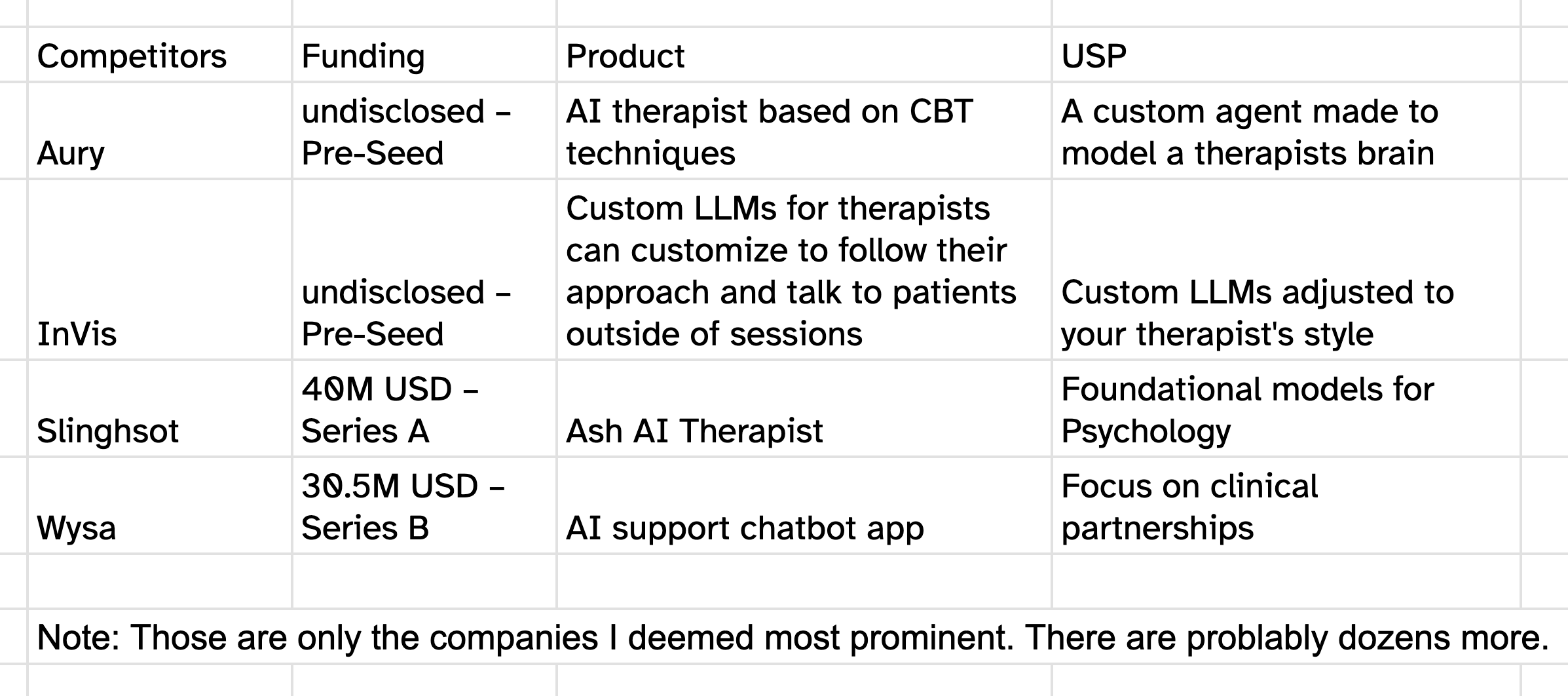
One last important note on competition: More or less every single online therapy platform should be considered as a potential incumbent in the market. I have only listed those primarily working on AI solutions. But Therapy Lift, Peers, Meru Health, Instahelp, Hellobetter, Selfapy, MindDoc, TalkSpace, Alma Health, Talkiatry, Rula and Kooth are most likely also looking at their own AI solutions.
It is clear, that there is not enough space for all those competitors to survive long term. I expect a long series of mergers that will consolidate the market over the next few years. As online therapy platforms are cash flowing quite well, they might be the primary acquirers.
Regardless of the outcome, one thing has become clearer than ever: the AI therapist is far from a no-brainer, at least commercially. The therapy revolution, that was expected by some when the first solutions came to market, seems to be fading. And with controversies like therapists on BetterHelp already using AI to handle their patients (without consent), the most important common good of the industry is eroding quickly: trust.
How to Hijack LinkedIn With 30M USD.
Superpower has raised a massive series A to build the super-app for health. Let's break down their launch strategy.
Superpower was all the rage this week. Their 30M series A is a testament to the scale of their vision. Whilst there are no product reviews out in the wild yet, every health tech founder should take a look at the strategy behind the public launch. Their playbook will also work without the headlining 30M USD.
Let's have a quick look at the product first:
Superpower is not the first company launching a subscription based testing service yet. There is Function Health for example, which offers similar testing for the same 499$ annually. But there are easily a dozen other companies doing a similar thing.
So what is the USP? Taking all those mental and physical health bio markers and integrating them with all your other health data to gain actionable insights beyond the tests themselves. This is a play on software (and of course AI) rather than just affordable testing.
The core of their product is a web app that they are rolling out currently. The company had over 150k people on their waiting list before the launch already. Even with a conversion rate of 1%, this already puts them at 748,500$ in ARR.
The impact and benefits of the product remain to be seen. Regardless, I want to focus on the launch and the story told by the founding team.
Launching a product with a bang.
Even though the product was not even out nor anything that people will have in their hands soon, the announcement made massive waves on LinkedIn and in the relevant media. It was perfectly orchestrated to give the company massive starting momentum.
This is how the story unfolded over the week. Take notes if you are launching your own startup out of semi stealth:
- Initially, founders publish the raise through their personal channels + official coverage by reputable outlets like TechCrunch. Comments are full of investors and partners, definitely not by accident.
- They let the engagement run for a minute, driven by a massive claim (a health super-app) and strong branding with great design. They generate thousands of impressions.
- The team starts showing up everywhere. Members of the founding team start posting about the company, and their personal stories of how they got there, how they are on this huge mission. Most of them are founders themselves and anchor the perception of Superpower as a high agency, high conviction team effort.
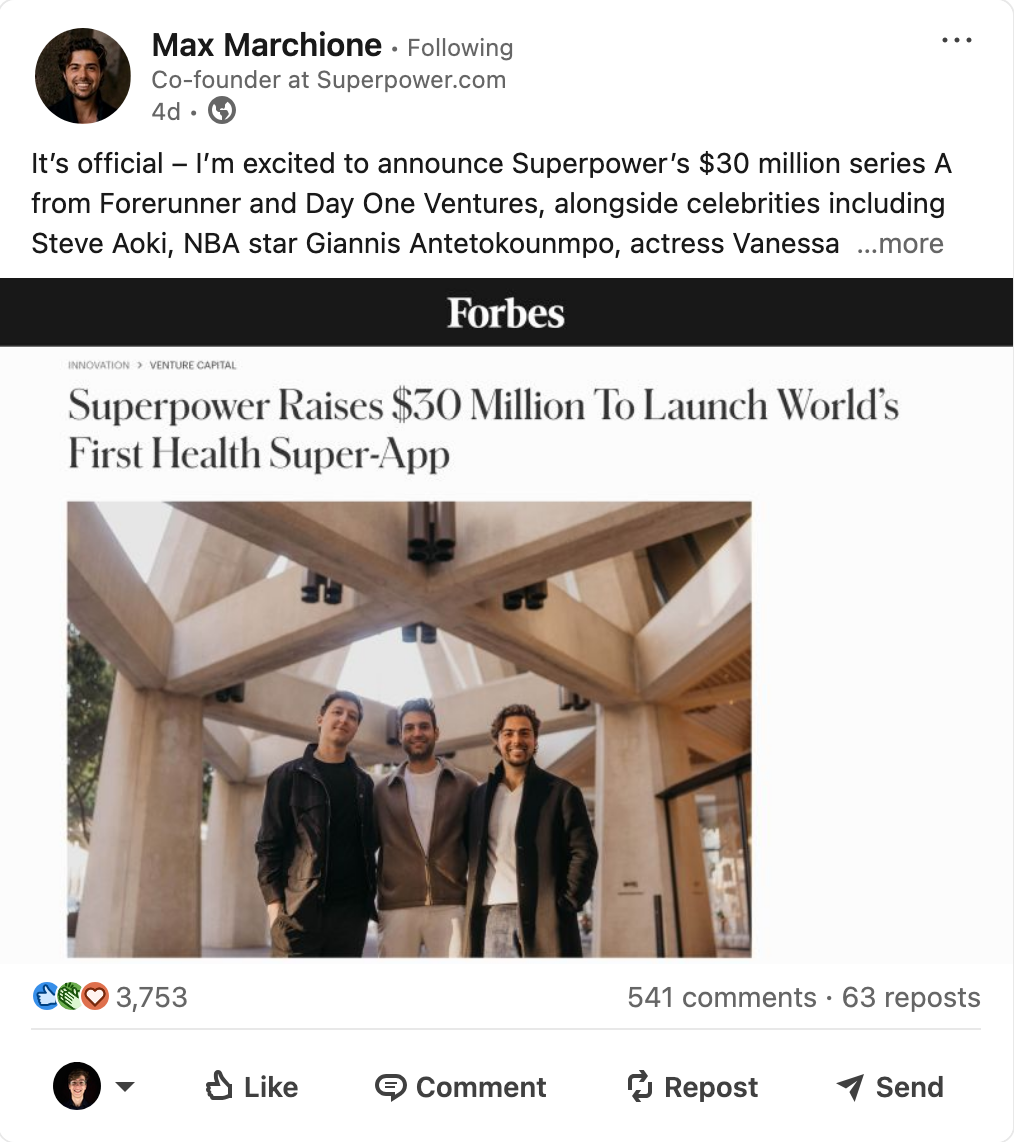

With a strong personal story, the founders enter the lime light.

Let's hope they don't end up on a Forbes 30 under 30 list.
The ingredients to success.
- A massive claim. The super app for health. The launch was dripping with high conviction and agency, making it clear that this is not a lifestyle business, but rather a long-term mission.
- A massive sum. The biggest social proof you can give in a statement is someone investing money in you. And the sum makes it abundantly clear, this is a company worth paying attention to.
- Clear corporate social media strategy. Not only did the founders post about the issue, the whole founding team took the story public and gave it a personal touch. This post here is an awesome example of how they make the story of the company personal:

- An amazing team. With most of the founding team members being past founders themselves, their commitment to building a company is clear. They managed to successfully communicate their talents and roles.
- Building a premium product. A premium product that simply has an interesting value proposition, both for the extreme bio hackers and the nerdier amongst the main stream (thanks to companies like Whoop laying the groundwork).
- Influencer Marketing. This is the most clear sign that this is far from an organic campaign, but rather a highly planned and well executed strategy. (And again, they are collabing with a founder)

Taking a second sober look.
So far, I have given an overwhelmingly positive perspective on the company. At least with me, they achieved their goal. I am bought in, I want to see them succeed. But most importantly, I want to try the product.
There are still plenty questionmarks to handle. The news and especially customer stories around the company in the coming weeks will decide their fate. Because with this large of a mission, their funding will not last long. And that domain was probably a 6-figure investment already.
Here is the main issues I see for the company in the next months:
- Existing competition. I already mentioned Function Health. Superpower gets you more testing, but do they have sustainable margins?
- What exactly is the product? Yes, a health super app sounds straight forward. But what data do I need to share for it to work? Does it get access to my patient records? Who does the testing? So far, their product descriptions are rather minimalistic.
- Their website has clean branding, but it is not super well build (loads slow, text animations are broken in some sections etc.) Small issues to iron out, but if there is a lack in technical expertise, this could also compromise the web app quality.
- This is a premium product, it is not a need based product. It has the ambition to become the Apple of health tech, and that is a great offering for some. This company is not tackling the main market for health. It is for the self perceived self optimizers and health nerds, a limited subset of the whole markt. This becomes evident in this customer post:
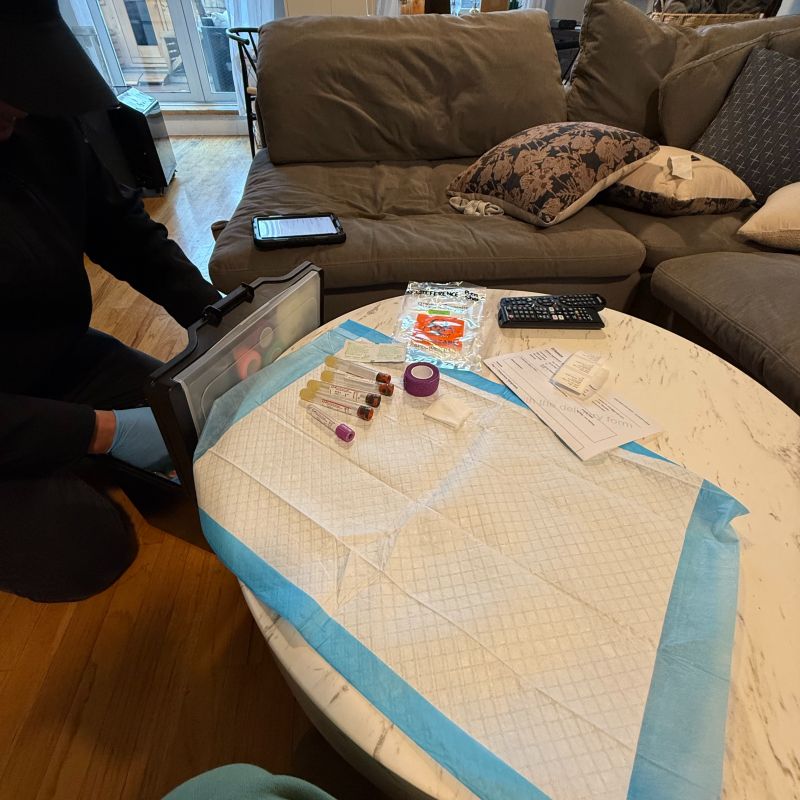
Therapy Match-Making Sucks.
Why patient-therapist alliance matters, and how it is ignored in the healthcare industry.
Wait times to get a initial appointment with a psychotherapist are measured in months not days, at least in Germany. The wait times are far longer than prospect patients can often afford. Simulatiously, therapy success is highly dependent on the fit between therapist and patient (patient-therapist alliance correlates with better outcome scores and lower dropout rate, see for example Baldwin et al. ( 2007)). But waiting times make it almost impossible to find the right therapist. You just take whatever you can get.
What if you could automatically screen for such a match in advance? In his famous "Love Lab" experiment, Goodman showed, that he could predict the success of marriage from five minutes of conflict conversation between the partners. If it is fundamentally possible to screen for a good fit in marriage, why not therapy?
An end to outdated databases and random calling around for help. Currently, getting into therapy is a major hurdle. It is not intuitive, information on therapists is limited, and a vibe-check is out of the question regardless. What if you could find a good match in only a few minutes of conversation, lead by an AI? Improving how patients find their therapist could directly impact how fast therapies succeed. This would benefit patients, therapists and healthcare providers who pay for the whole thing, equally. The data on follow thorugh rates for initial conversation shows a wide range, from the low 40s into the 90% range. There is definitely room for improvement.
Is anyone building this already?
I would love to hear from you: friederich@interpretresearch.com
Odd Lots: GTM Strategies, AI in Mental Health, and Chat Interfaces.
Food for thought to help you build better companies.
I. GTM is a Loose-loose Choice in Health Tech.
And with mental health as the least funded area of healthcare, it is even worse. This post by Matias Serebrinsky from PsyMed Ventures lists common pitfalls with the major GTM channels.
TLDR: GTM choice does not matter nearly as much as you might expect.

This is also interesting in context of Superpower. Their choice of D2C makes sense for a premium product that targets not the sick, but those willing to spend $$$ on optimizing their health.
Superpower showed how to successfully launch a brand more than a product. Most mental health products are not premium, but rather needs based products. Most founders come into the space not thinking about the top 1% of potential customers, but rather those with limited access to existing healthcare, who suffer from an inefficient system and are not able to pay for e.g. private therapy sessions.
II. Risks of AI in Mental Healthcare.
Quick summary: Lindsey argues that the true goal of most mental health apps is an increase in productivity, not health. She focusses on solutions sold to and used by large employers.
This is not healthcare. It’s workforce management.
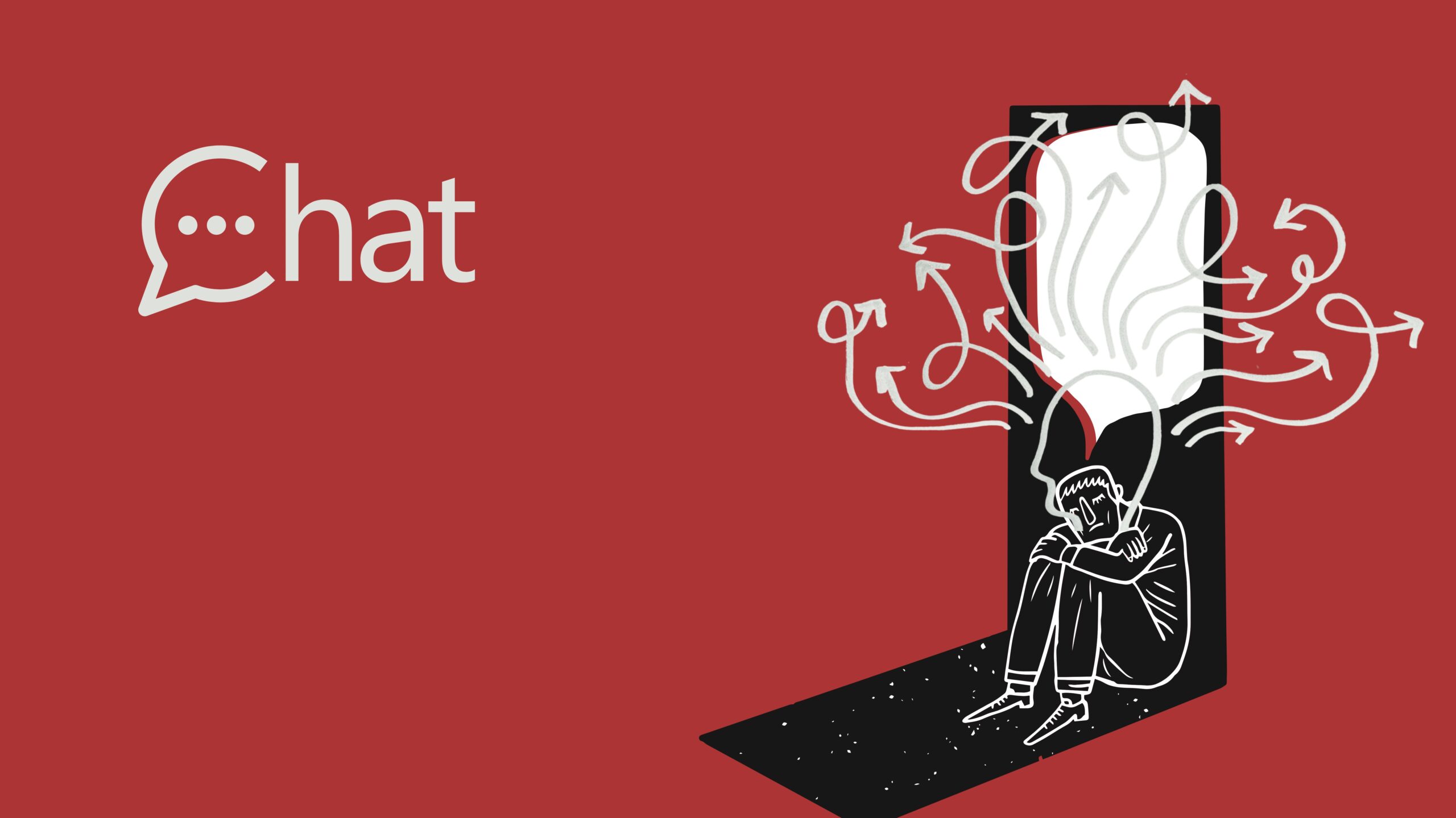
Lindsey argues, that there is no real evidence for mental health applications. Whilst this is definitely a contestable argument, her concerns around safety and ethics are truly valid. The extensive list of downside risks is worth considering when building your own solution. Most of them might not be the result of bad intend, but rather limited foresight. Understanding risks and providing plans for mitigation will also become more important once the first startups start failing, as investors will need better justifications for funding similar concepts.
III. Conversational Interfaces are the Wrong Choice.
Julian Lehr introduces a different perspective of interfaces: thinking of them in terms of data compression and transfer rates. He looks at the issues of specifically mobile first chat solutions and explains why there is still no mobile-first productivity app after almost 20 years of smartphones in our pockets.
The core thesis:
AI should function as an always-on command meta-layer that spans across all tools. Users should be able to trigger actions from anywhere with simple voice prompts without having to interrupt whatever they are currently doing with mouse and keyboard.
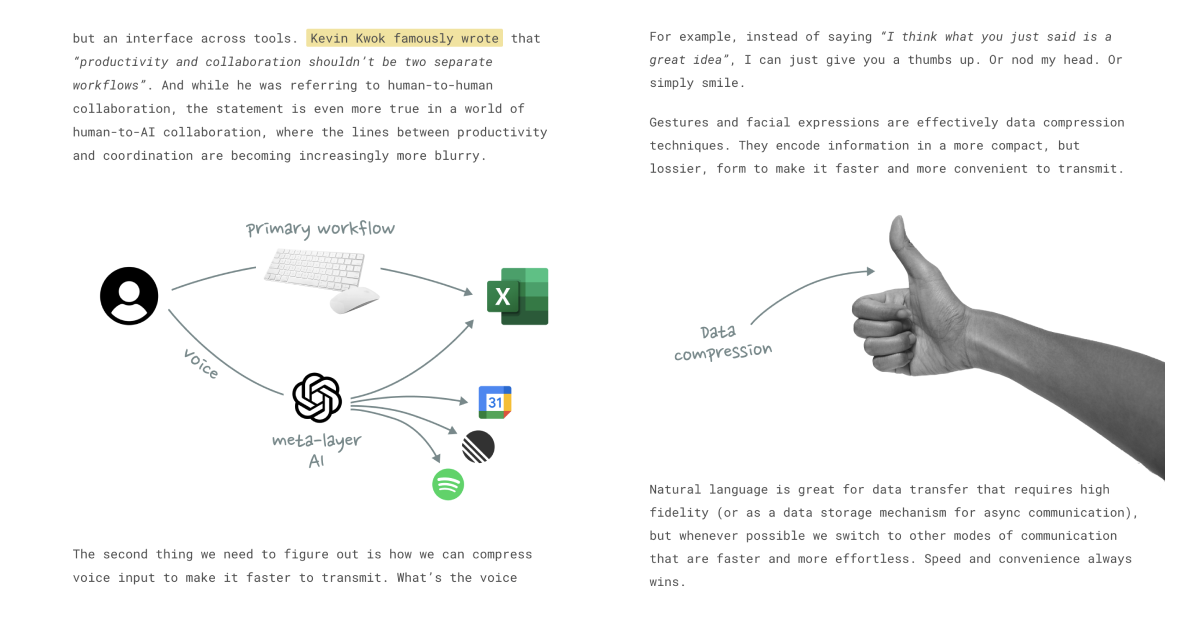
Alright, that's it for the week!
Best
Friederich
Got this forwarded?
Signup for the Stream for free here:






